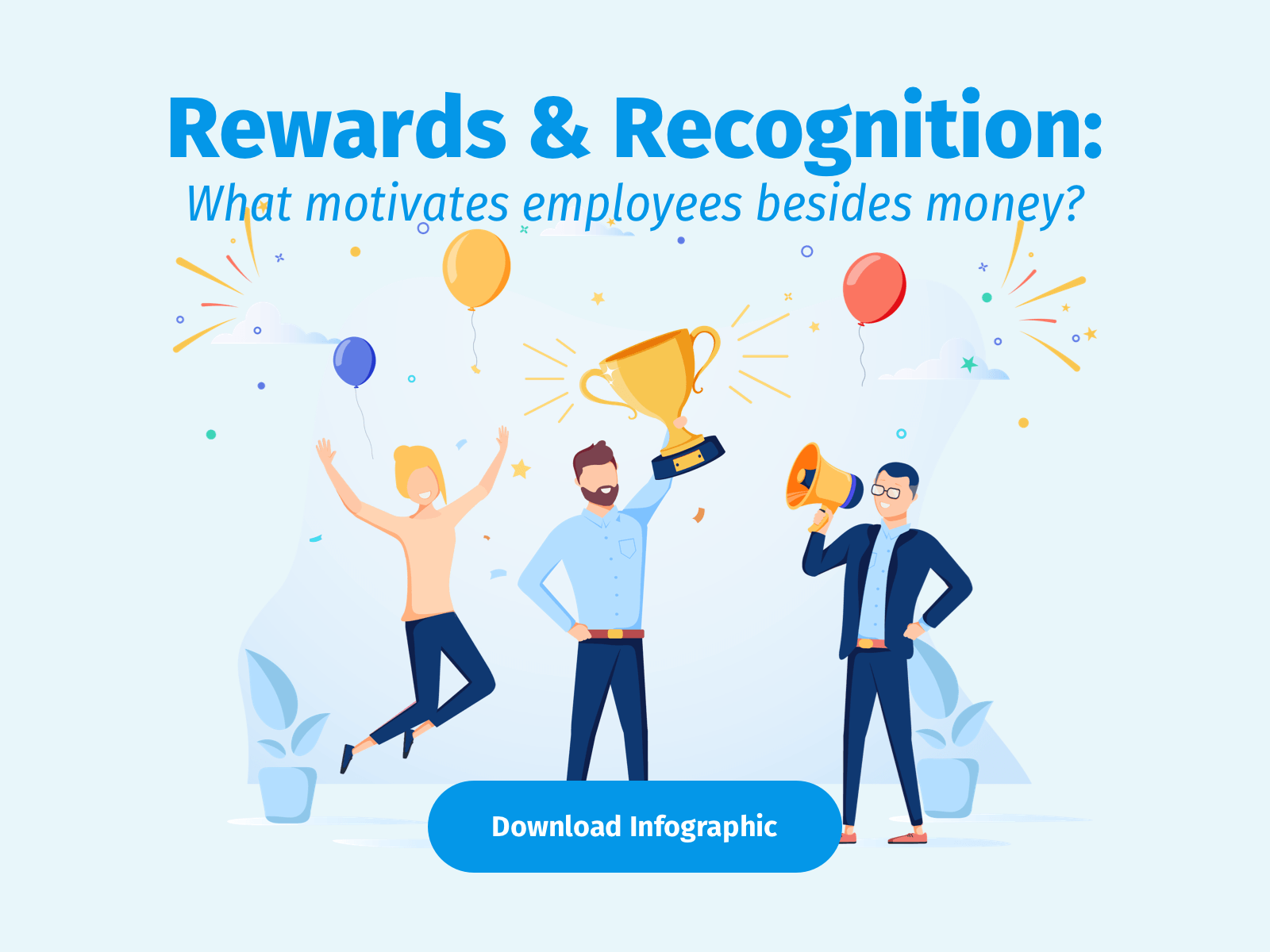Compliance: 4 Steps to Ensure Employees Follow Procedures
How can we ensure compliance with policies and procedures in the workplace?
It’s up to HR to know how to get employees to follow procedures while understanding that employees want the freedom to do their jobs without someone breathing down their necks. For some, following policies and procedures every time can be burdensome, but it’s gotta be done.
As a manager, instituting new policies can be a Herculean task. Especially in a workplace where procedures haven’t been used before, it’s hard to introduce new steps or approvals.
Case in point: Just try moving to a new neighborhood from an old one you’ve lived in and loved for a long time. You may feel awkward. You may feel excited, but also hesitant. You’ll probably shed a few tears. And you’ll probably find yourself making a wrong turn on the way home from work when you’re distracted. Change is hard!
Why?
Humans are naturally resistant to change.
And introducing a new method of working is hard! But if your company must grow and deliver results, then it’s almost certain you need some added structure. That means creating policies, communicating them, and learning how to ensure compliance without lowering morale. On the other hand, if you already have company policies that employees tend to ignore, then you need to find out the reason for the lack of compliance and adapt.
It’s not as difficult as it may seem. Here are some simple ways to ensure employees follow policies and procedures without you having to babysit or badger them.
4 Ways To Ensure Employee Compliance
1. Write your procedures down.
It’s been said that assumption is the lowest level of knowledge. But if there’s a second-lowest level, it’s probably recalling something we heard. So, while telling your employees about new procedures and policies is better than leaving them to guess your procedures, expecting them to remember verbal instructions about policies and procedures is being overly optimistic.
When Paula Baake, owner and founder of Dancing Mind fitness studio, wanted to systematize her company, she had to introduce procedures to get the results she was seeking. Despite repeated instructions, customers weren’t getting a consistent experience, employees were “winging it,” and resources were being wasted. Paula could see that the verbal reminders weren’t working, so she hired someone to take on the role of documenting procedures for every single task carried out—from how to welcome customers into the studio to how to fold the face towels.
So, why do organizations have written policies and procedures? Because verbal reminders don’t work.
If you can’t seem to pinpoint why employees don’t follow procedures, the reason might simply be that they can’t remember what you told them. When your procedures are written down in a way that’s easy to understand and you make them easily accessible for every employee, you create a consistent reminder that removes the opportunity for excuses.
2. Help employees understand why procedures are necessary.
As you consider how to get employees to follow procedures, keep the following in mind: If employees perceive your procedures as unnecessary, or superfluous to their “real” responsibilities, they won’t take them seriously. It’s up to you to give your employees a deeper reason to follow procedures. Let them know why you have them in place and why adhering to policies and procedures is an important part of their job.
For two or three days, Paula locked herself and a group of passionate team members in a room to nail down the values Dancing Mind wanted to embody. Then, when procedures were created, she helped her team understand how the procedures helped deliver the mission and the values they’d developed. Every single line in the procedures had a part to play in making the mission and values of Dancing Mind a reality.
You don’t necessarily have to go on a three-day lockdown, but you do have to make sure your employees understand the importance of organizational policies and procedures and their relationship to overall business success.
3. Make your procedures easily accessible.
Your employees have likely spent years and years of their lives reading thick textbooks to pass exams—so the last thing they want is a 300-page manual full of things to remember. You probably already use software to manage your business data, and it makes sense to take the same approach when it comes to ensuring compliance with procedures. Keep a hard copy for your records or for anyone who wants the physical version, but use digital documents to make sure all policies and procedures are easily accessible for every employee.
When Tara Brouwer, CEO and Creative Strategist of Shovel Creative Inc., first created her procedures, she had a hard time ensuring her employees followed them. Since she was already using Basecamp software to manage client projects with her team, she solved the issue of access by making all procedures available in the Basecamp database. This way, she didn’t have to babysit her employees, and her employees didn’t need to carry a handbook or do any memorization—they could access company procedures from anywhere with just a click.
4. Reward employees who comply with procedures.
Recognizing and rewarding correct behavior is a great motivator for employees. Don’t keep rewards strictly for meeting goals or going the extra mile—if you really want to see appreciation, reward employees simply for following procedures correctly. And if you want an easy way to remind employees about procedures and track their compliance, try checklists.
Tara Brouwer did this with her employees. Instead of pestering employees with questions about whether or not they followed the procedures, she created a checklist for them to fill out. If you trust your employees to be truthful about what they did and didn’t accomplish, checklists make it easy to see who is following procedure, while rewards create positive reinforcement that encourages full participation.
This isn’t to say you should only acknowledge good behavior and ignore the bad—after all, the negative consequences of not following policies and procedures should be crystal clear—but when you want employees to comply with new procedures, the carrot will often get better results than the stick.
Why Compliance with Policies and Procedures Matters
Procedures are an important part of almost every successful company. But having them is worthless if the entire organization isn’t on board with the program. Take a close look at your company—could your people and your business be more successful by making procedures more easily accessible, better understood, or stronger through a reward and recognition program?
Helping your employees understand the relevance of procedures to their own jobs is the first step. Linking procedures to your overall goal and mission as a company will help them take ownership of their contribution to the business. And by creating visibility and using positive reinforcement to encourage compliance with procedures, you won’t have to breathe down employees’ necks to ensure they’re following the regulations.
You should be creating a group of leaders who will run with your mission as if it were their own. Doing this takes a full understanding of how important procedures are to your organizational goals, and that takes showing your people how important they are to your organization. By involving employees in creating your policies and procedures, making it clear how those procedures help the organization succeed, and by making it easy (or rewarding) for everyone to stay compliant, you show you care about your people as much as you do about your business.
Get caught up every month on all things HR. Don't worry, we promise we won't spam you.
Rob de Luca has written extensively on culture and best practices in the HR field, combining original research and input from HR experts with his own perspective as a manager, creative executive, and veteran of industries ranging from hospitality to consumer electronics. He believes culture is critical to organizational success and that HR holds the keys to defining the employee experience.











